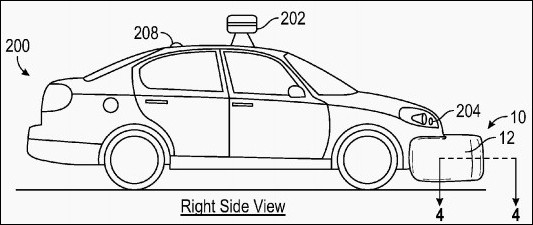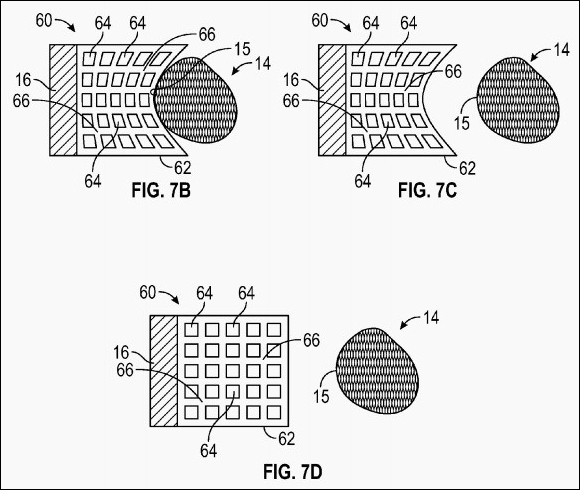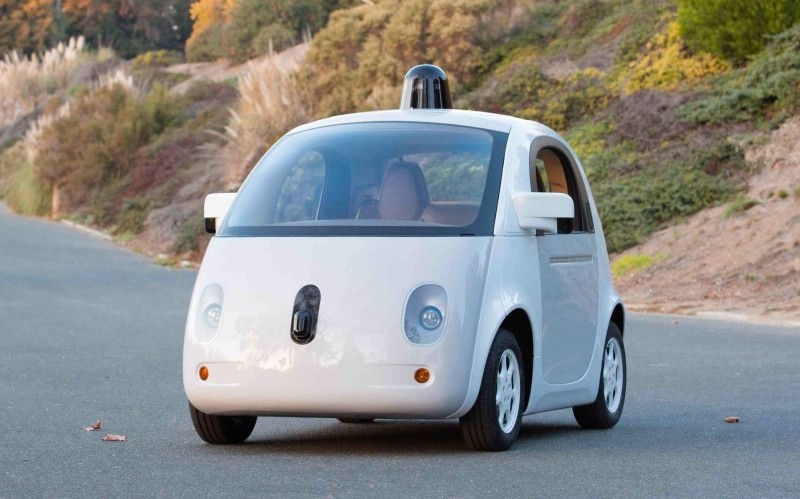Airbags come standard in pretty much every modern cars. Such will be the case in Google's upcoming self-driving car as well although a patent application reveals the search giant is planning to use them in unconventional way.
Whereas most vehicles utilize airbags to protect passengers in the event of a crash, Google's autonomous ride could very well arrive with external airbags designed to reduce injuries should the car collide with a pedestrian.

Filed in September 2013 and awarded just days ago, the patent describes a vehicle equipped with a bumper constructed of a visco-elastic material and a series of air sacs. Upon impact with a human, the flexible bumper would give a bit and reduce the spring back on the person.
Basically, what Google is trying to do here is prevent an impact from sending a person careening through the air and incurring further injury via a secondary impact with the road or another object. The bumpers on most modern cars (the parts you normally don't see hidden behind a body panel) are typically made of stiff foam, molded plastic or even formed metal (think truck bumpers). Naturally, none of these would be ideal in the unfortunate event of pedestrian collision.

As Quartz points out, there have only been two recorded incidents involving Google's self driving car. In one accident, a self-driving car was rear-ended; the other reportedly took place while the car was being manually driven.
Google isn't the only automaker focusing on pedestrian safety. A select number of vehicles from Volvo include external airbags that are also designed to reduce injuries to pedestrians and cyclists.
